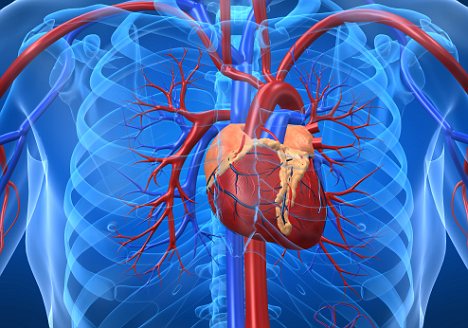Can Yoga reduce the incidence of atrial fibrillation?
Regular yoga exercises may seem to reduce the incidence of atrial fibrillation. This is indicated by a small study of American Scientists.
The study of cardiologists Dr. Dhanunjaya Lakkireddy from Kansas City participated 49 patients suffering from paroxysmal atrial fibrillation. They were asked, initially for three months to move more while pursuing an activity that made them fun. Thereafter, the patients were three times a week at a Yoga Program, which also contained breathing and relaxation exercises and a meditation part. The exercises should be performed daily at home. During the study, by a monitor, the subjects wore with them, their heart function checked.
It was found that during the period in which the patients took part in the yoga training, the frequency of episodes of atrial fibrillation was reduced by almost 50 percent. 22 percent of those affected have even no more episodes. At the same time, the perceived quality of life improved, and their anxiety and depression symptoms decreased. However, these effects only show with regular training and disappears as soon as the exercises were sold again. „It looks as if the yoga triggers that cause atrial fibrillation. “However, we need more studies to understand the mechanisms in more detail”.
Yoga reduces stress.
Lakkireddy believed that yoga can reduce certain inflammatory responses in the body, which can have a positive effect on the heart functions. In addition, it is known that it affects blood pressure, cholesterol and stress low, which in turn can reduce the risk of dangerous vascular changes. However, the scientists admitted that a study with 49 patients not yet sufficient for definitive statements. Yoga is therefore to be considered under any circumstances as a substitute for drug therapy. “We are not saying that yoga helps against everything and recommend to our patients, of course, continue to take their medication. However, we were able to show some impressive effects.”
Atrial fibrillation is the most common type of cardiac arrhythmia. In US approximately 300,000 people are affected. Atrial fibrillation is not life-threatening, unlike ventricular fibrillation itself, but among other things, the risk of thromboembolism and thus, for example, can increase the risk of stroke. In addition, it is often accompanied by unpleasant symptoms such as tiredness, fatigue, palpitations or insomnia. The usual treatment is carried out via the administration of drugs.